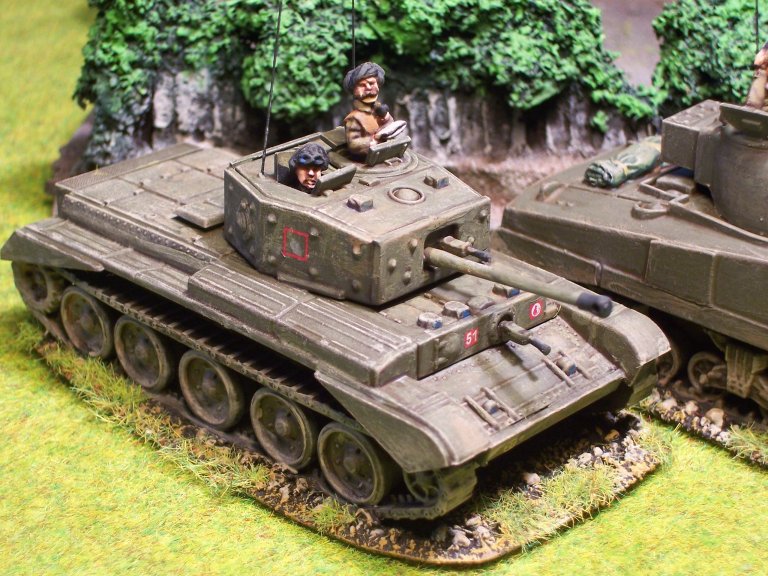


This river runs along the southern and eastern edge of the forest, past the town of Monschau, 16 miles south of Aachen. One of the most important watercourses through the forest is the Roer River. Some 25 years later, the forces of Nazi Germany repeated the feat, in both cases to France’s sorrow. But the Germans, using the nearby Aachen Gap in the Ardennes, managed to push strong forces through the area to stunning effect. The French, knowing the difficulties of moving large military forces through such a dense wood, guarded it lightly. It was not until World War I that the Imperial German Army discovered that the forest could be used as a gateway into France. Most days, the sun’s rays never penetrated to the floor of the forest, which was constantly wet, a result of all the streams flowing throughout the area and the lack of sun. The dark green fir trees, rising to heights of 75 to 100 feet, were thick and intertwined. Until the 20th century, most travelers went around the forest, avoiding its dark and forbidding interior. The forest seemed to be taken straight from Gothic tales of frightening places. Another was Schmidt, which was the key to the entire three-month-long campaign. One such village was Hürtgen itself, from which the forest got its name. Roads were few and poor, and scattered villages within the forest provided the only shelter and road nets in the area. A plateau of volcanic origin, it appeared to be a region of hills because of the many streams that have gouged their way through the area.

The wooded area that received that name on American maps was actually a plot of forested land 20 miles long and 10 miles wide that was the northernmost tip of the Ardennes region of Germany. Army in Europe during World War II.īefore the war, there was no specific area known as the Hürtgen Forest. It was one of the costliest and most frustrating battles fought by the U.S. The three-month slugfest that became known as the Battle the Hürtgen Forest was that and much more. “Passchendaele with tree bursts” was how war correspondent Ernest Hemingway described it.


 0 kommentar(er)
0 kommentar(er)
